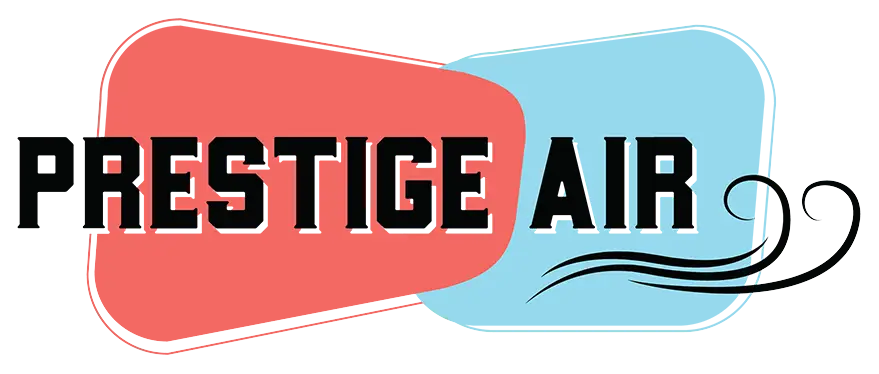
There are five basic types of compounds that impact the air quality in our homes: infectious illness, toxic compounds, microbial growth, allergens, and safety gases. Symptoms of these compounds can include: respiratory irritation, infection, congestion, sneezing, coughing, asthma flare ups, illness, fatigue, and much much worse as concentration levels and exposure increase. During colder months these compounds become trapped in the home, worsening our indoor air quality and affecting our health. Fortunately there are many ways to manage these compounds and clean the air we breathe. Air filtration is the first line of defense in improving indoor air quality. Some airborne compounds like radon are extremely small and can pass through traditional filters freely so consider an air filter that is rated to deal with these smaller compounds.
Ventilating your home is as simple as keeping windows open to circulate indoor and outdoor air, of course we close our windows in the colder months for a reason, it’s cold and losing all that heated air is expensive. The solution, an energy recovery ventilator system or ERV, an ERV vents poor indoor air and draws in fresh outdoor air while keeping your home’s temperature and humidity levels stable.
Encapsulating your dirt crawl space isolates damp, exposed earth from your home using a durable, reinforced, plastic liner. In addition to preventing mold growth, encapsulated crawl spaces can also provide a clean dry space for extra storage.
Depressurization is the most effective solution for reducing radon levels in your home, this involves creating a pathway for radon gas to travel away from your living spaces to be vented safely outside, the EPA recommends that homes with radon levels above 4 pCi/L be mitigated, and as the leading cause of lung cancer for non-smokers, all homes should have their radon level tested.
Another option is a dehumidifier. A dehumidifier can help deal with water vapor and condensation in your basement, reducing musty smells and moisture that mold and dust mites thrive in. A dehumidifier extracts moisture from the surrounding area, and a quality dehumidifier can extract several gallons of moisture from the air each day.
Finally, you can install an indoor air quality unit in your HVAC system. Units like the REME Halo can be installed in your supply air plenum. This unit will positively ionize the fine particles that pass through your air filter causing them to stick to one another, making them large enough to get caught in the filter on the next pass, or to fall to the floor so they can be swept or vacuumed up. These units also have a UV light that kills algae, mold, viruses, and bacteria in the air. Lastly, it produces H2O2 (hydrogen peroxide) to sanitize the air. H2O2 is non-toxic and is just as effective at sanitizing the air as ozone (O3) which is known to be toxic.
The best option is to call an HVAC professional to come assess your home, discuss your current issues, and design a solution that fits your needs best.
Ever wonder how to change the air filter in your HVAC system? Check out our video here.
Or click here to learn more about how your AC works.

